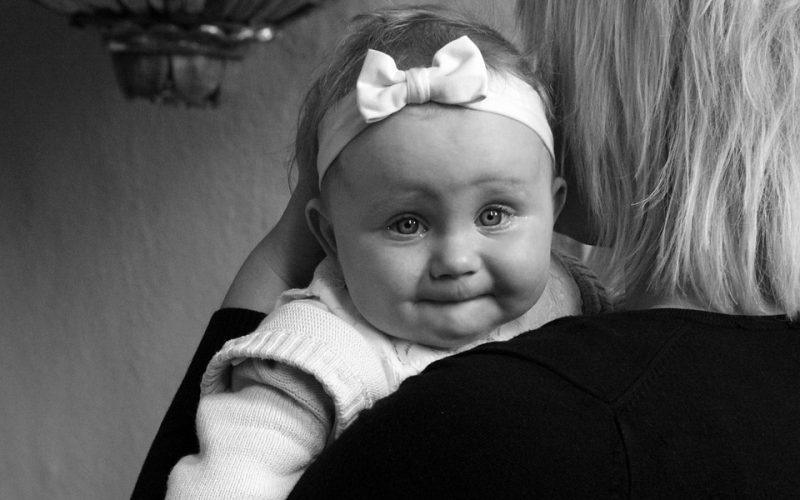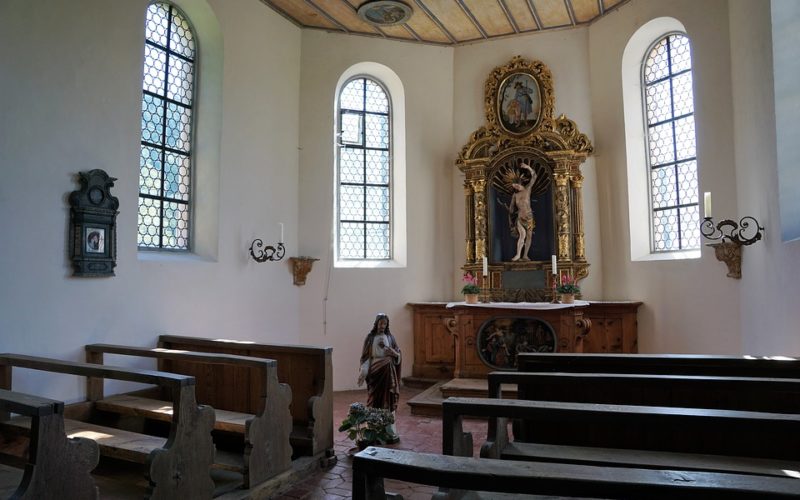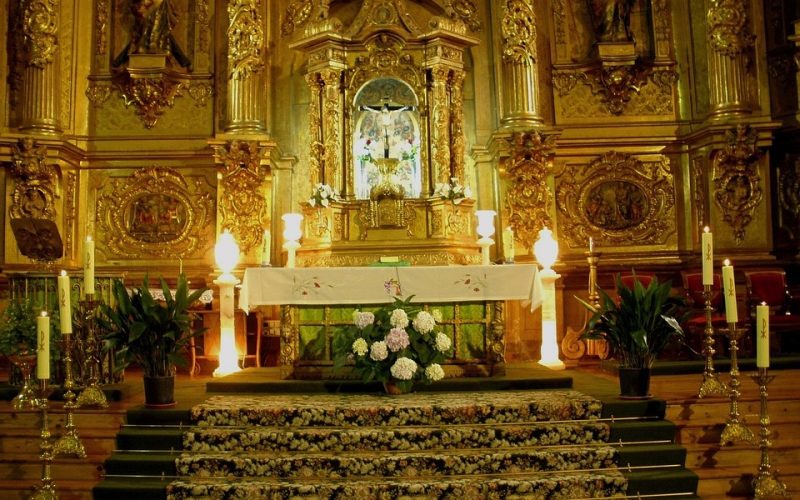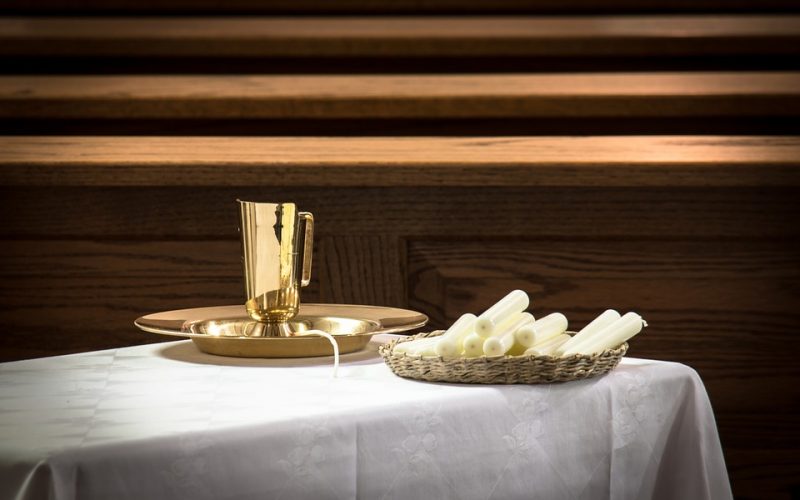The Difference between Christenings and Baptism
The majority of religions in the world appoint spiritual caretakers to help nurture young children in their religion, and their role is part of the ceremony called a christening in the Christian faith. This is where the parents officially name their child for the church, and the officiator uses water to anoint the child. It is also the ceremony where the spiritual caretakers, other than the parents, are recognized by the church. To honour their special place in the child’s religious life, they are expected to hold the child during the ceremony.
Baptism is done at different stages in Catholic and Protestant churches, and it is not the same as a christening. Catholics combine the two ceremonies, and they introduce child’s Christian name and the godparents at it. When the priest anoints the child with water, this is when the actual baptism takes place. Because Catholics are baptized before they have the ability to make a choice, they must later confirm their religious affiliation in a Confirmation ritual.
Protestant churches hold christenings for babies and young children to welcome them to the faith, but it does not necessarily make them a member of the church. In these sects, baptism is reserved for people who are old enough to make a true commitment to their religion. Their christening is a way to introduce them into the church and protect them from evil, but it is more of a blessing and a welcoming ceremony.
Being baptized as a teenager or adult is not quite the same ritual as those held for babies, and it often requires the person to be completely submerged in water instead of a light dousing. In this way, their original sin is cleansed; they are then anointed to begin their life again as an adult Christian.















